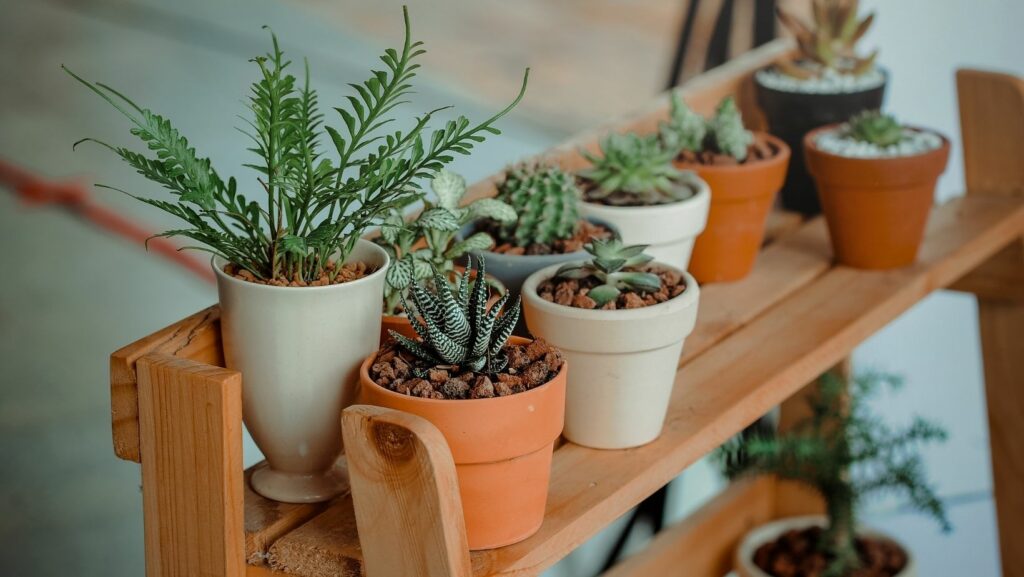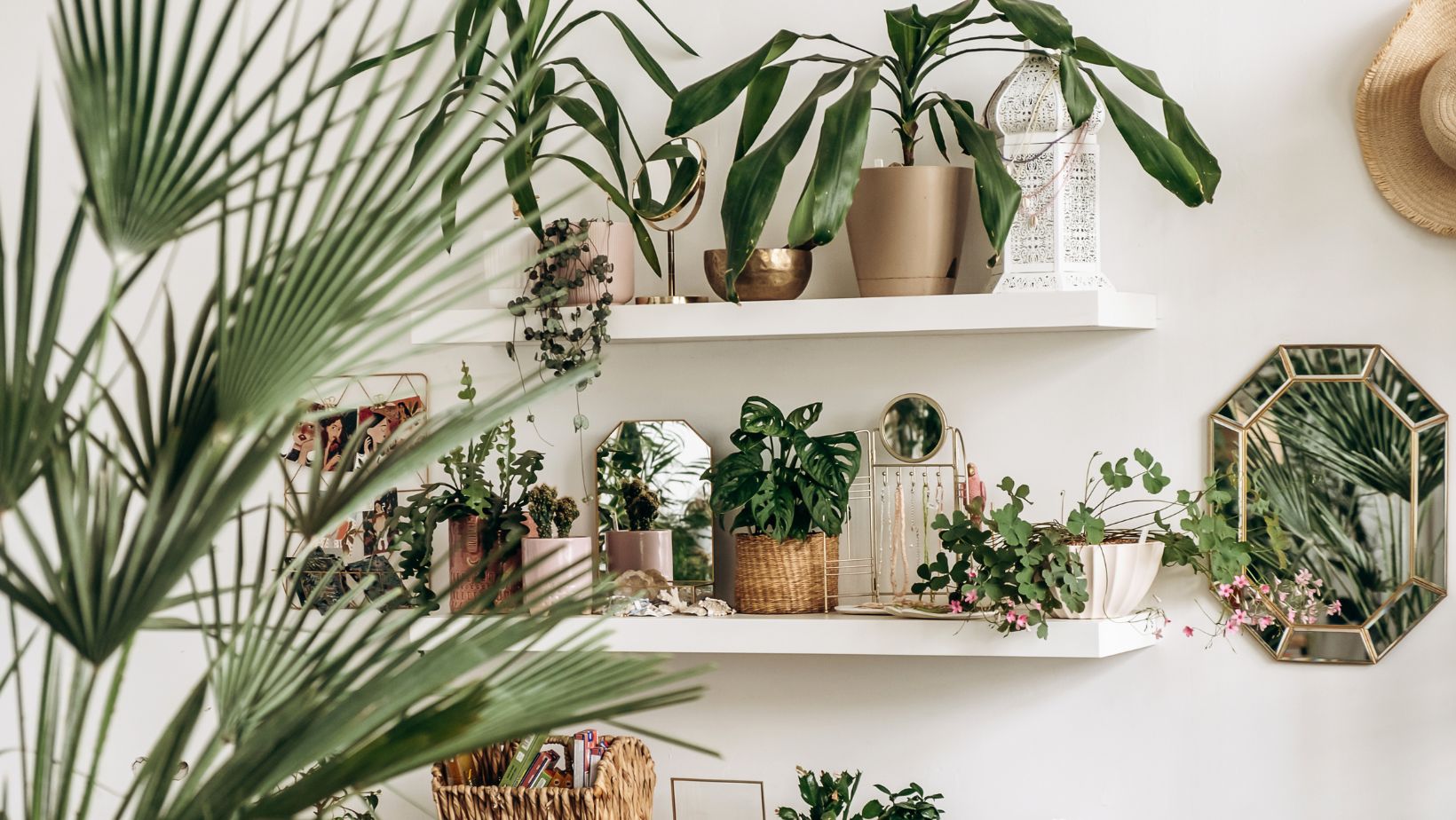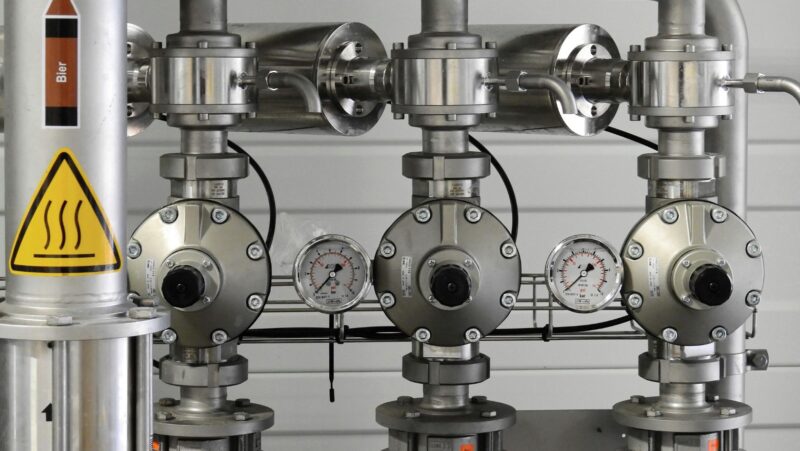
Ever wondered how to turn your living space into a lush, green oasis? It’s simpler than you might think! I’m here to share my knowledge and experience on choosing, caring for, and decorating with indoor plants.
Selecting the right plant can be a game-changer, not just for aesthetics but for air quality too. But, it’s not just about picking a plant and hoping for the best. There’s a bit more to it.
Understanding the Benefits of Indoor Plants
Planting a small garden inside isn’t just about looks. Indeed, tending to indoor plants can offer a host of tangible benefits, from boosting health and well-being to enhancing aesthetic appeal.
Health and Wellness Advantages
Indoor plants aren’t just pleasing to the eye. They can positively impact our health and wellness. Firstly, they act as natural air purifiers. Plants absorb harmful toxins through their leaves and roots, converting them into nutrients. For instance, Snake Plant and English Ivy, both of which are renowned for their purifying abilities.
Secondly, tending to indoor plants can release stress. A study by the Journal of Physiological Anthropology found that interacting with indoor plants reduced participants’ psychological and physiological stress. Lastly, some indoor plants have medicinal values. However, Mushroom Gummies, a trending health supplement, aren’t derived from typical indoor plants. They’re made from medicinal mushrooms, not traditionally grown indoors.
Aesthetic Appeal of Indoor Plants
No doubt, indoor plants have a unique ability to enhance interior spaces. They present diverse shapes, sizes, colours, and textures, contributing to a multi-sensory aesthetic. To illustrate, consider Dwarf Umbrella Tree with its sturdy, upright stems and glossy foliage or the unusual but visually striking String of Pearls plant.
Moreover, they offer flexibility in decor. They can be placed on empty shelves, used as room dividers, or hung from ceilings. Essentially, Indoor plants can breathe life into any space, making it more vibrant, appealing and personal. So while they require care and attention, their aesthetic and health benefits make them well worth the effort.
Guide to Choosing the Right Indoor Plants
Opting for the right indoor plants requires understanding their specific needs and assessing if your home can provide suitable conditions. Let’s dig deeper into some significant factors to consider when going plant shopping and some popular indoor plants perfect for beginners.
Factors to Consider: Light, Space, Humidity
Choosing indoor plants isn’t just about aesthetics. You’ve got to prioritize the plants’ needs. Three critical factors—light, space, and humidity—stand out in this regard.
- Light – Each plant has a unique light requirement. For example, succulents thrive in bright light while Snake plants can do well in low light. Examine your home for light conditions.
- Space – Indoor plants vary in size. Large plants like Fiddle Leaf Figs demand more space, whereas small ones like Pothos can hang in corners, saving on floor space.
- Humidity – Some plants need moist conditions while others prefer aridity. For instance, ferns appreciate high humidity levels, but cacti fare better in dry environments.
Popular Indoor Plants for Beginners
Not all plants are equally forgiving; some require more care than others. Here are four plants ideal for novice gardeners:
- Spider Plant – It’s hardy, adaptable, and can tolerate a variety of light conditions, making it an ideal beginner’s choice.
- Snake Plant – Known for its striking and sturdy leaves, it thrives even when neglected and efficiently purifies indoor air.
- Pothos – It’s an evergreen vine that grows well in a range of environments, including low-light conditions and warmer areas.
- Peace Lily – A beautiful plant that can bloom indoors with minimal light, it doubles as a natural air purifier by filtering out harmful toxins.
Remember, the key to a thriving indoor garden hinges on comprehensive plant care, which is a blend of right choice, meticulous monitoring, and apt adjustments.
Essential Care Tips for Indoor Plants
This section builds on the fundamentals of choosing the right plants and carves out specific routines for their maintenance. Ensuring growth momentum remains constant requires an intricate balance of several factors.
Watering: When and How Much
Many folks believe plentiful watering means effective care. It’s often not as simple as dousing them with a watering can every day. More often than not, this habit could be detrimental, leading to root rot.
Most indoor plants prefer their soil to dry out completely between watering. Plants like succulents and cacti thrive on minimal watering, whereas others like peace lilies need more regular watering. A rule of thumb often suggested lies in the so-called “finger check”. Stick your finger about 2 inches into the pot’s soil. If it’s dry, it’s time for a drink.
Essential Nutrients and Fertilizers
Plants, like us, need a well-rounded diet. Regimes aren’t just about water but also the nutrients plants derive from the soil within their pots. Regularly depleting nutrients result in stunted growth or even plant death in extreme cases. The main elements necessary for plant growth include nitrogen (N), phosphorus (P) and potassium (K), often referenced as NPK.
In terms of fertilization, it’s important to feed your plants once a month during their growing season, usually spring and summer. Fall and winter are typically periods of rest for plants, so they do not require as much feeding. However, some plants may have specific fertilizing needs, so it’s essential to familiarize yourself with the individual requirements of each plant in your indoor garden.
Remember, over-fertilizing can harm your plants, causing burns or even killing them. So be mindful, a moderate and balanced approach goes a long way in plant care.
Troubleshooting Common Indoor Plant Problems
Despite my careful selection and diligent care of indoor plants, problems can still arise. This section focuses on strategies to deal with common plant issues, mainly pesky pests and challenges with light and watering.
Dealing with Pests
In the indoor environment, pests often find a haven in our beloved greens. Insects like aphids, mealybugs, and spider mites can infest indoor plants, hindering their growth and health.

To counter these invaders, consider insecticidal solutions that target specific pests. Treating infestations early proves effective in most cases. Maintenance calls for regular inspections of plant leaves and stems, ensuring that any new pest occurrences are dealt with promptly before they can damage the plant extensively.
Overcoming Issues with Lighting and Watering
The balance between light and water can make or break the health of indoor plants. Different species demand varied light levels and water quantities, which compounds on me the responsibility of getting to know each plant’s specific requirements. Low light environments can lead to leggy plants with small leaves, while over exposure can cause leaf burn. Managing between these extremes requires a keen eye on the plant’s visual cues – yellow leaves might hint at too much sun, while brown leaves could suggest the need for more hydration. Watering routines shouldn’t follow a hard rule, as factors like season, humidity, and plant type dictate its necessity. Overwatering often results in root rot and under watering can lead to dehydration. To avoid these, feel the soil to gauge the level of moisture before deciding to water. In adopting these troubleshooting strategies, you’ll ensure that your garden flourishes.













